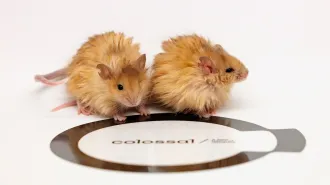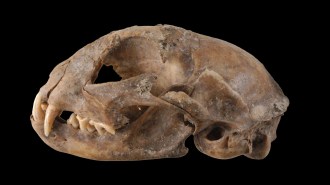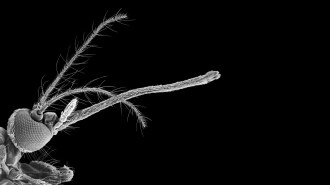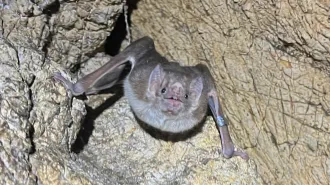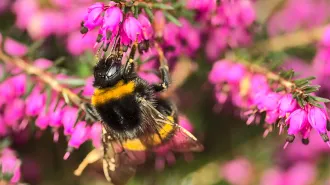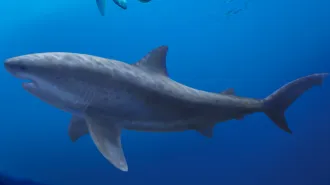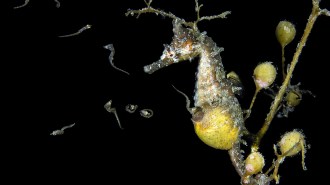The Lord Howe stick insect is officially back from the dead
DNA evidence shows the insects survived what scientists thought was an extinction
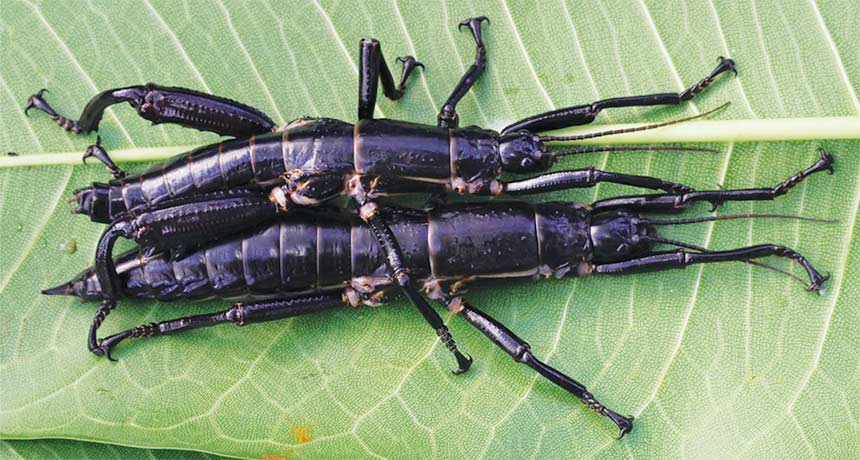
IT LIVES Although darker than those found on Lord Howe Island, these stick insects, from nearby Ball’s Pyramid, are the same species.
Rohan Cleave, Melbourne Zoo


